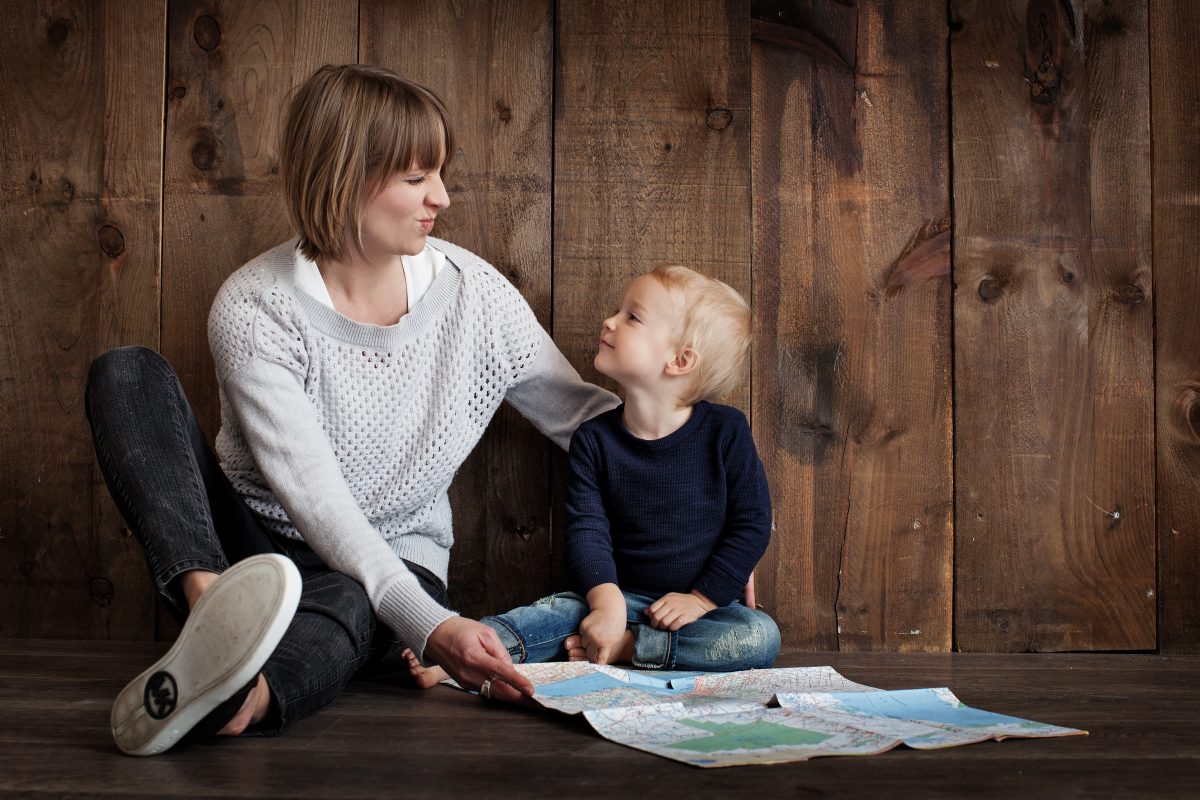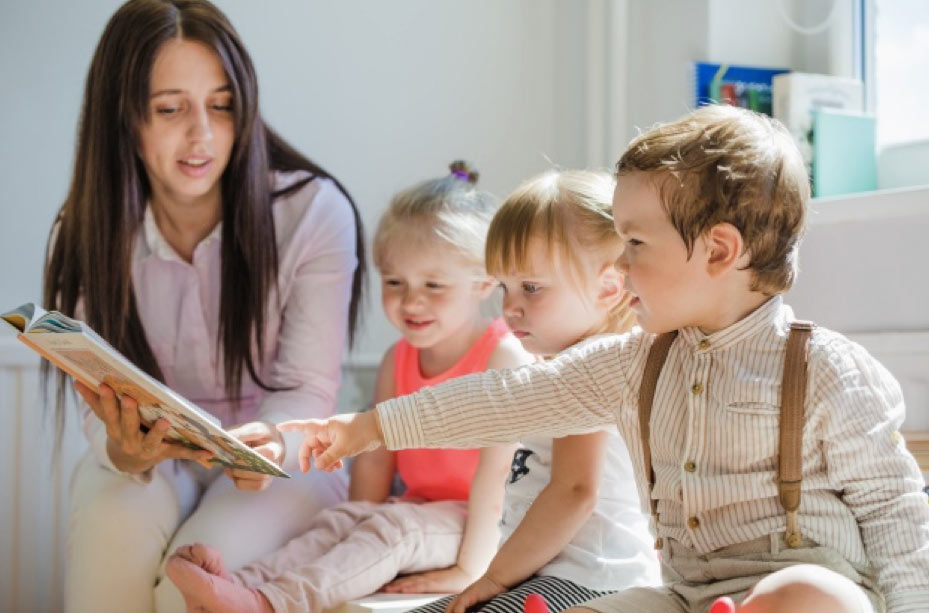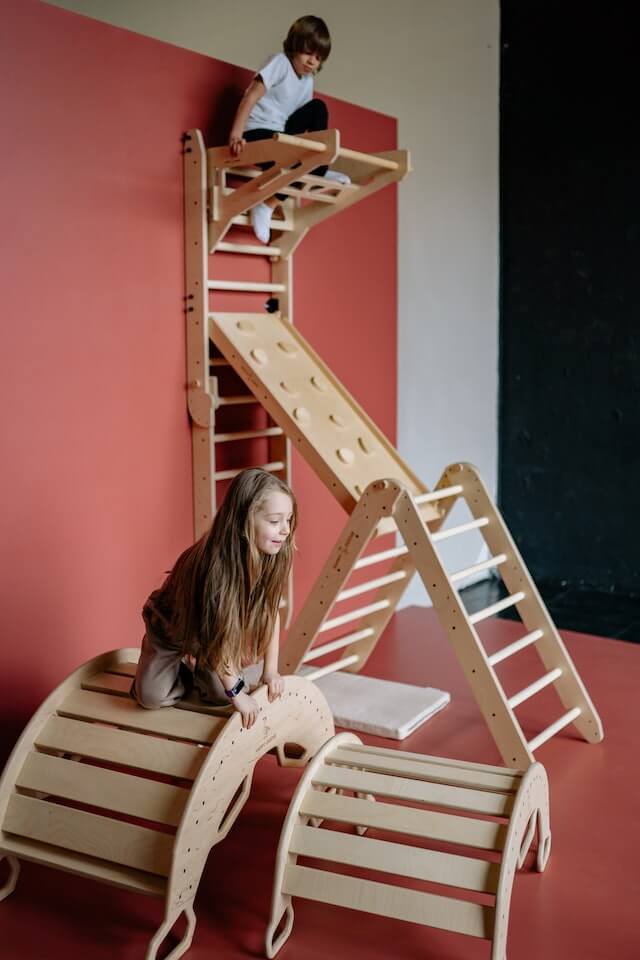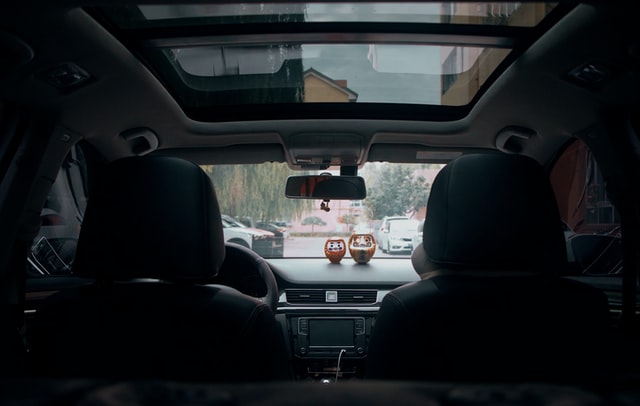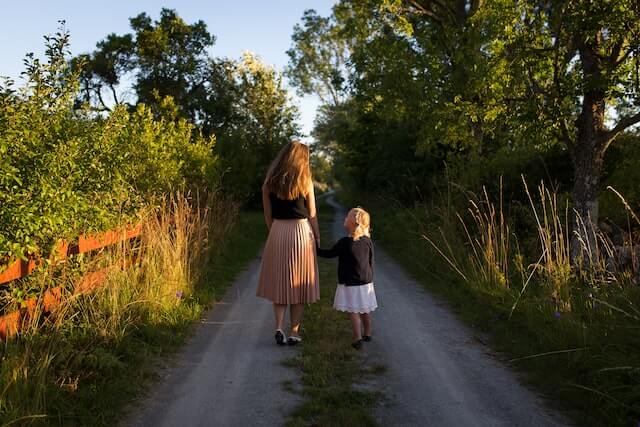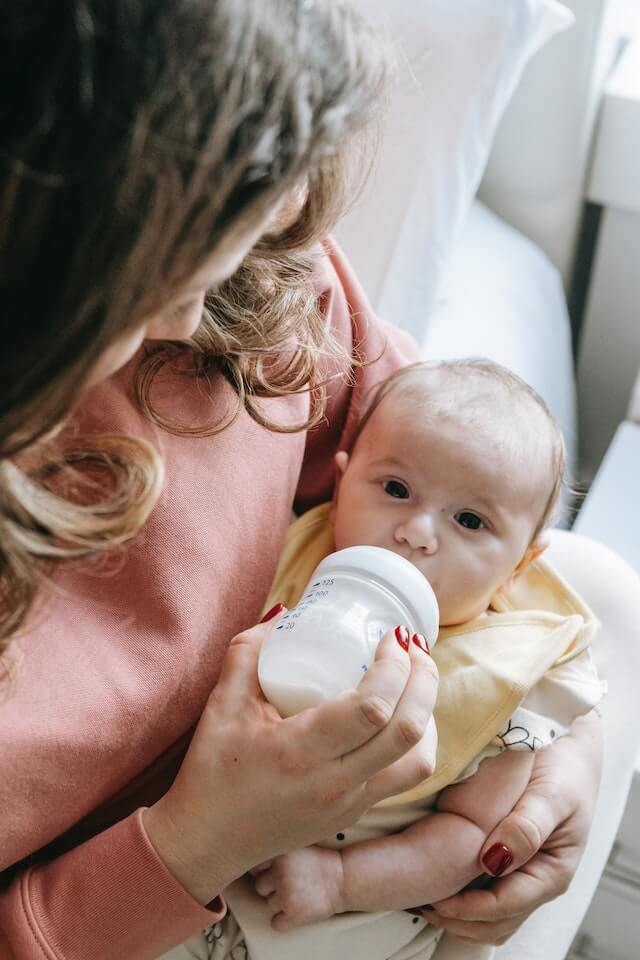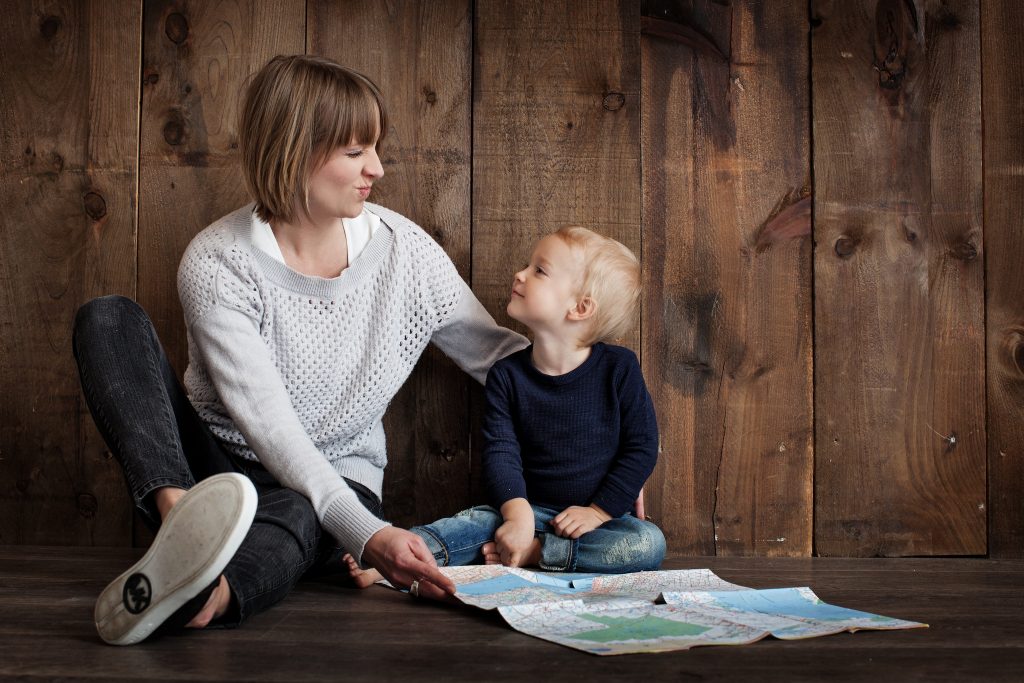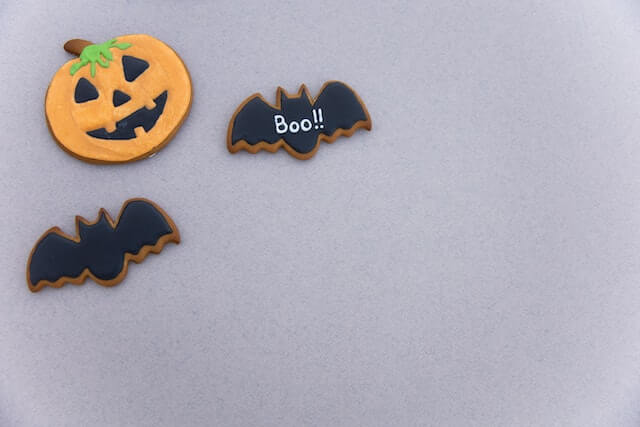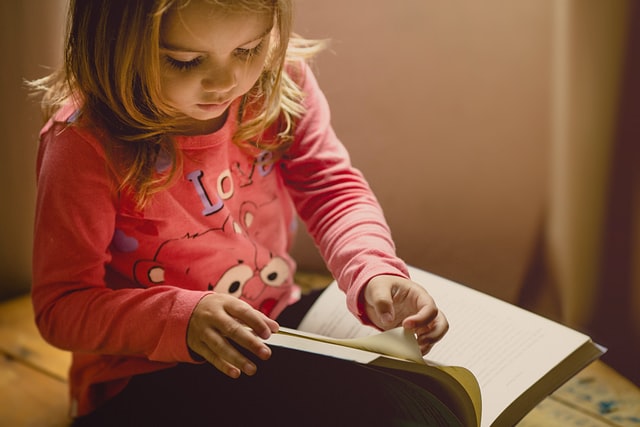At the age of 2, toddlers are full of curiosity and an eagerness to learn about the world around them. Engaging them in fun indoor learning activities not only keeps them entertained but also supports their cognitive, motor, and social development. For 2-year-olds, it’s important to provide age-appropriate activities that are interactive, hands-on, and stimulating. So, here are some of the best and most enjoyable indoor learning activities specifically designed for 2-year-olds. These activities aim to create an engaging and educational environment for parents and caregivers, encouraging the little ones to explore, learn, and develop important skills, so check these ideas out ASAP.
Sensory play activities
Sensory play activities are perfect for stimulating a 2-year-old’s senses and promoting cognitive development. Set up a sensory bin filled with materials like colored rice, dried pasta, or water beads. Provide scoops, cups, and toys for them to explore, encouraging them to touch, pour, and experiment with different textures and shapes. This activity not only enhances their sensory experiences but also develops their fine motor skills as they manipulate and explore the materials.
Art activities
Different art activities offer a creative outlet for 2-year-olds while also promoting fine motor skills and self-expression. Set up a painting station with washable, non-toxic paints and large sheets of paper. Let them explore painting with their hands, brushes, or objects like toy cars or sponges. This activity allows them to experiment with colors and shapes while developing hand-eye coordination. It also encourages self-expression and fosters creativity.
Fine motor activities
Fine motor activities, such as threading beads, using playdough, or completing puzzles, help develop hand-eye coordination and finger dexterity. Provide age-appropriate materials like those versatile Montessori toys for a 2-year-old that will encourage your kids to practice these activities, which will, consequently, promote their fine motor skills while engaging their focus and concentration. Threading beads helps refine their hand-eye coordination, playdough activities strengthen their finger muscles, and puzzles enhance their problem-solving abilities and spatial awareness.
Building and stacking activities
Building and stacking activities are excellent for developing fine motor skills and problem-solving abilities. Provide building blocks or stacking toys and encourage your 2-year-old to create towers, bridges, or other structures. They can experiment with different shapes, sizes, and colors, fostering creativity and spatial awareness. As they stack and build, they also learn about balance, cause, and effect, and problem-solving through trial and error.
Play and pretend play activities
Pretend play activities help 2-year-olds develop their imagination, language skills, and social interactions. Set up a pretend kitchen or a doctor’s office with age-appropriate props and encourage them to engage in role-playing. This activity allows them to imitate real-life situations, develop their vocabulary, and enhance their social and emotional development. Through pretend play, they learn about different roles, practice communication skills, and explore their emotions.
Sorting and matching activities
Different sorting and matching activities engage a 2-year-old’s cognitive skills and teach them about categorization and problem-solving. Provide a variety of objects or toys that can be sorted by color, shape, or size. Encourage them to match objects based on similarities or sort them into different containers. This activity strengthens their cognitive abilities, introduces basic concepts of classification, and enhances their logical thinking and problem-solving skills.
Musician and singing activities
Musical activities not only foster a love for music but also promote rhythm and coordination skills. Offer a variety of musical instruments, such as shakers, drums, or xylophones, and encourage your 2-year-old to explore different sounds and rhythms. Sing songs together, dance, and clap to the music, allowing them to express themselves and develop their listening and coordination skills. This activity also encourages language development as they learn to sing along and follow rhythms and beats.
Language and reading activities
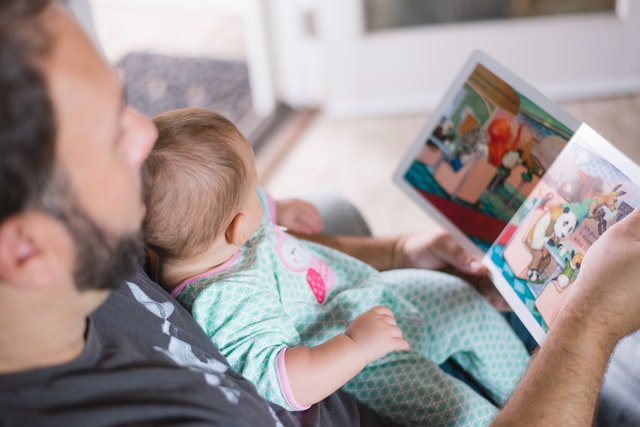
Language and literacy activities play a crucial role in a 2-year-old’s language development. Create a cozy reading corner with age-appropriate books and encourage them to explore the pictures, repeat words, and engage in interactive storytelling. Sing nursery rhymes, play rhyming games, and introduce alphabet puzzles to help them develop their vocabulary and phonological awareness. These activities foster a love for books and language while also strengthening their listening skills and expanding their understanding of words and sounds.
Engaging 2-year-olds in fun indoor learning activities is an excellent way to support their cognitive, motor, and social development. Sensory play, art activities, building, stacking, pretend play, sorting and matching, musical experiences, language and literacy engagement, and fine motor skill activities are all beneficial for their overall growth. By providing age-appropriate and stimulating activities, parents and caregivers can create a nurturing and educational environment that encourages their little ones to explore, learn, and develop important skills during their early years. These activities not only promote their development but also strengthen the bond between parents and their 2-year-olds as they engage in fun and meaningful interactions together.

